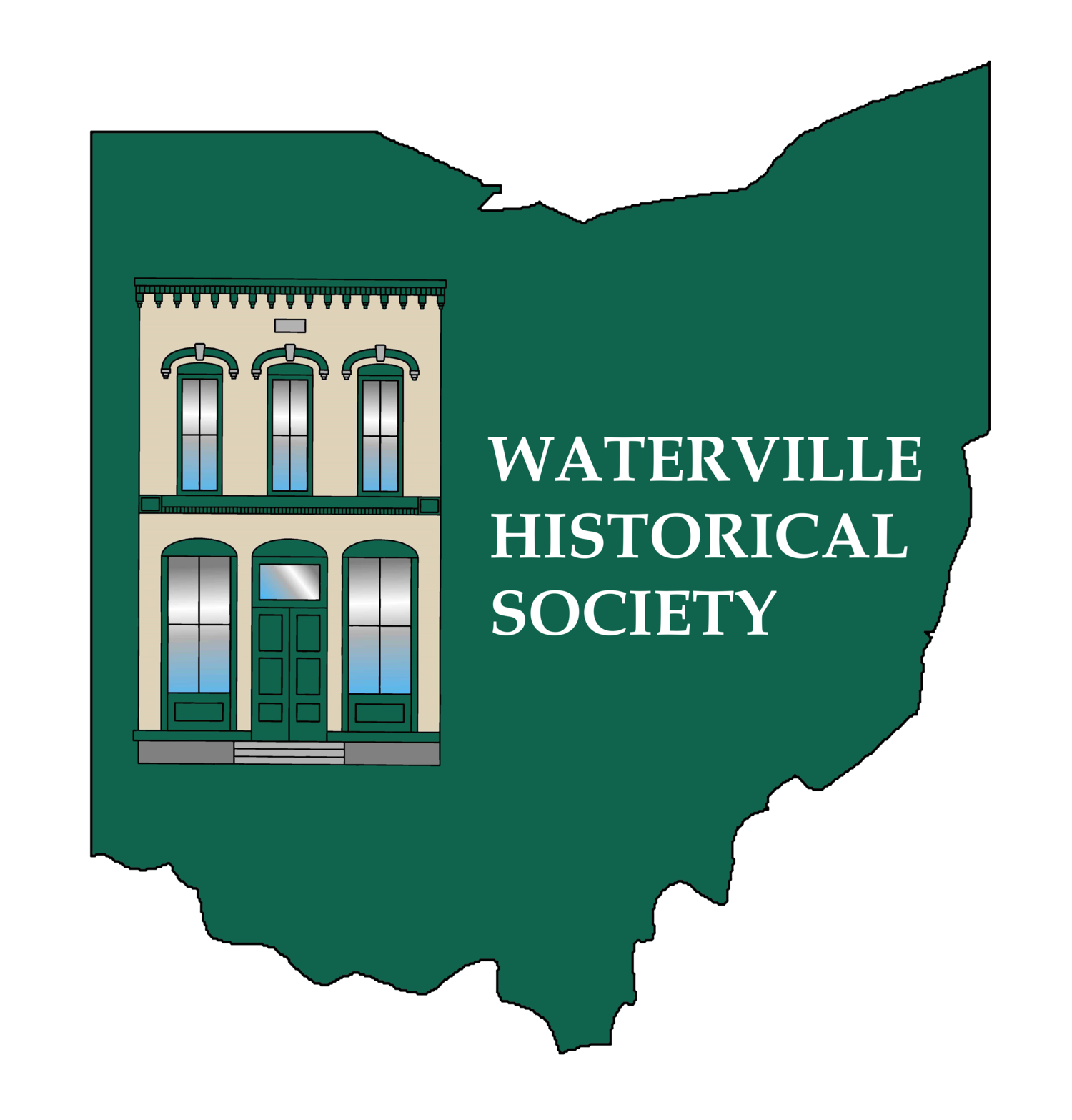Opening of the Canal 180 Years Ago
The Canal through Waterville opened 180 years ago. Why is this important? Why should we celebrate? On May 8, 1843 the Canal boat “Albert White” passed through Waterville on its way from Fort Wayne to Toledo where it was met with great fanfare. This event marked the opening of the Wabash and Erie Canal which connected the Ohio River via the Wabash River through Indiana to Lake Erie. The connection south at Junction to the Ohio River at Cincinnati, which formed the Miami and Erie Canal, did not open until 1845,
The impact of this event was immense! Waterville area farmers were blessed with amazingly fertile soil and a local grist mill (thanks to John Pray) but markets for their grain was limited. The major population centers of the east coast were blocked by mountains and transportation to existing water routes was by horse drawn wagon. The canal system brought a water route, capable of transporting bulk cargo, to the interior of Ohio and Indiana and, of course, to the Waterville farmer. The east coast and the southern port of New Orleans were open markets for our products and, by extension, world wide markets. This pipeline was also a two way system. Our local merchants could receive manufactured goods from distant places for local consumption. Our interior was now open for business.
The effect of the canal in Waterville was almost immediate. The business center of town moved from Main Street (River Road) to 3rd Street to be near the canal. Our business men found the cities of Maumee and Toledo a relatively short hour or two canal ride away and soon trade between Waterville and these two centers of commerce blossomed. Two canal stores were bult on the west bank of the canal to trade directly with canal boat operators as well as the public. These soon became the J.E. Hall store and the Haskins Brothers store, which much later became Rupp Canal Store. The Ostrander store on Third Street found the newly built canal at their back door and built a dock for the boats to stop there. David Hall and Lewis Eastwood built a hotel building at the canal and Wood Street, later owned by Abe Frederick. By 1846 businessmen Lorenzo L. Morehouse and James Brigham built a large three story grain mill on the canal at the north end of Third Street, using water from the canal to power the mill. The millrace ran down the north side of Mechanic Street to the river. Known as the Pekin Mill, it soon made Waterville the grain center of Ohio. Even the local hardware and grocery merchants could easily obtain goods from eastern manufacturing centers for sale to their Waterville customers.
Very few of the contractors who built the canal became rich, but everyone benefitted from it. So why should we celebrate? It put our town on the map? Our citizens were better off and some of our business people became quite wealthy. Our town, now a city, survived and grew to what we are today in large part because of the kick-start we received from the opening of the canal system, represented by the passing of the canal boat “Albert White”. Unfortunately, the art of photography did not exist here in 1843.
Authors Note: A number of articles about the canal and the canal builders have appeared in this space over the years. These may be found in the Wakeman Archives or by scrolling down through our past writings on the website. It is also possible to google the articles online.
